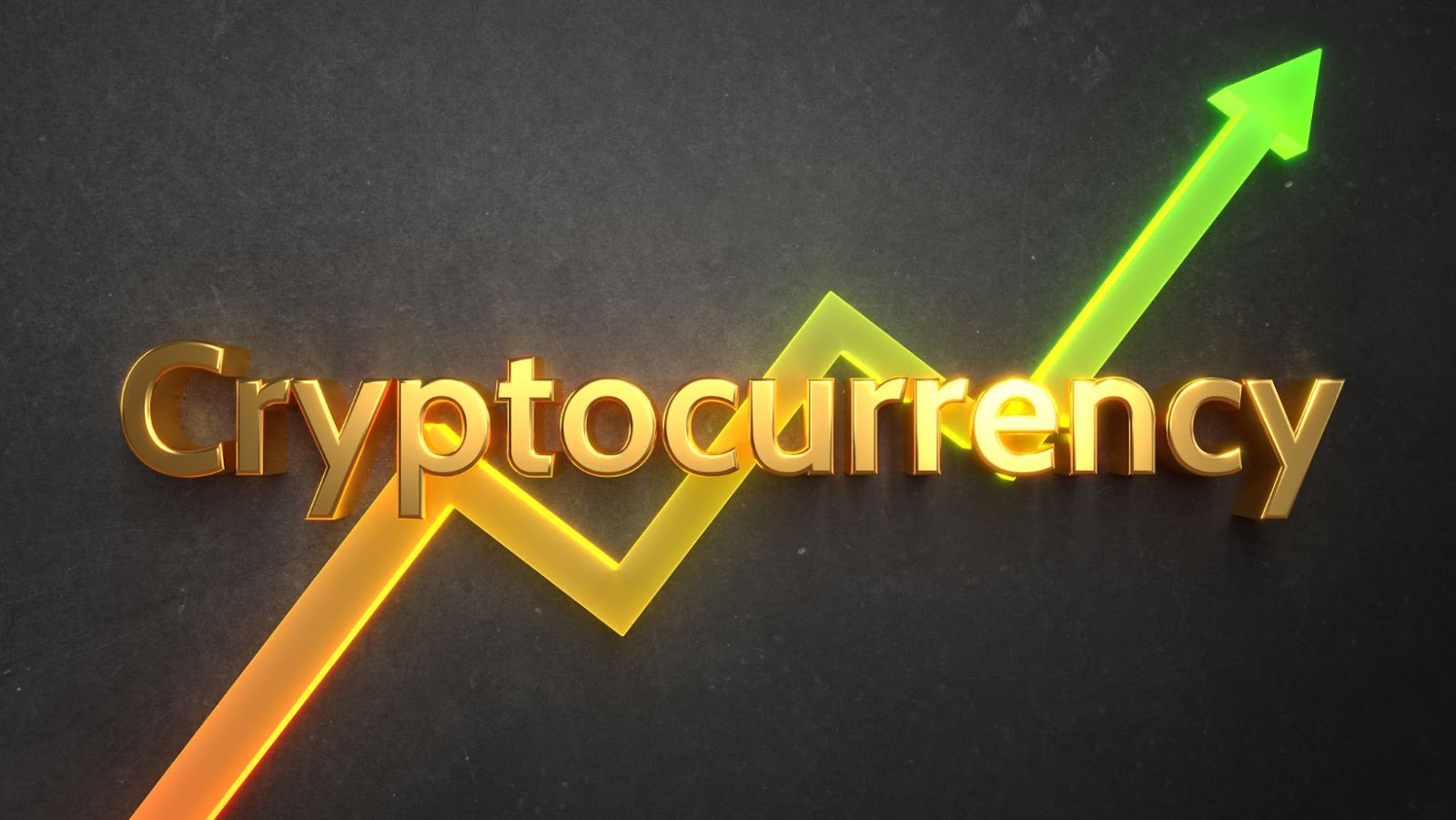Some people’s doubt over central banks’ monopoly on currency issuance has been rekindled in some circles by the worldwide economic meltdown and the bailouts of significant financial firms. This distrust encouraged the development of Bitcoin and other crypto assets because it threatened the paradigm of government-backed money and the hegemonic position of central banks and traditional banking institutions. On Bitcoin Smart, anyone can engage in cryptocurrency trading. Visit the bitcoin code, the official cryptocurrency trading platform, if you trade cryptocurrency.
Because when the Internet first became widely used twenty years ago, several well-known economic experts and central bankers questioned if advancements in information technology would make central banks obsolete (King 1999). Even while such forecasts haven’t yet materialized, the emergence of digital currencies has reignited the discussion. One day, these assets may be used as units of account and alternative payment methods, which would lessen the need for fiat money or money from central banks. It is time to reconsider whether monetary policy will continue to be successful in an environment without money issued by central banks.
Cryptocurrency assets currently represent a small threat to fiat money since they are too risky and unpredictable. Furthermore, they don’t enjoy the same level of public faith as people do in monetary systems since they have been linked to nefarious practices and have been the subject of infamous fraud, security breaches, and administrative failure.
Addressing Shortcomings
Yet, advancing technology could solve some of these shortcomings. Financial institutions must continue implementing effective monetary policies to fight off possible competitive challenges from crypto assets. In order to improve the appeal of fiat currencies in the digital era, they may also learn from the characteristics of cryptocurrency transactions and the underlying technology. How are crypto assets? These are value representations in digital form, made feasible by developments in distributed ledger technology and encryption. They may be exchanged peer to peer without using an intermediary since they are valued according to their units of account.

The market worth of cryptocurrencies comes from their ability to be traded for other currencies, utilized as payment methods, and kept as a store of value. The valuation of crypto assets depends only on the assumption that people would value and use them, in contrast to the value of traditional monetary systems, which is supported by monetary and fiscal policy and their position as legal tender. Volatility has been significant since valuation is mostly dependent on unsupported ideas.
Disinflation Danger
As there is a restricted quantity of some digital assets, like Bitcoin, the danger of inflation is theoretically minimized. However, they lack three essential capabilities that stable macroeconomic regimes are anticipated to have:
- The ability to act as a last resort lending institution.
- The capacity to react swiftly to transient shocks to money demand.
- Insurance against the danger of structural deflation.
Will they, however, be utilized more frequently in the future? Longer experience may lower volatility, encouraging future adoption. Moreover, their price may become more stable with improved issuance regulations—possibly “smart” standards based on artificial intelligence. “Stable” coins are already starting to develop; some are anchored to legitimate fiat money, while others try to emulate inflation or price targeting through their issue regulations.
Cryptographic assets offer several benefits as a means of trade. They permit transactions across great distances and provide much of the confidentiality of currency, and the exchange unit may be more easily divided. Cryptocurrency assets are particularly appealing for micropayments because of these characteristics in the emerging sharing and provider digital economy.
Payments Change
More generally, a change from a credit card payment scheme to one that is value- or token-based may be indicated by the emergence of crypto-assets and the increased use of distributed ledger technology. The transference of claims is tracked in an arrangement with an intermediate, such as a bank, in credit card systems. In contrast, value- or token-based systems only entail transferring a payment item, such as a good or physical money. Regardless of whether the counterparty or intermediary can be trusted, the transaction can still be completed if the value or legitimacy of the payment object can be established.
Conclusion
Connection-oriented externalities can give private communication networks a monopolistic power that central bank digital money might assist in mitigating. It might have full implications for transactions and reduce the cost for people and small enterprises with limited or expensive access to financial services. A virtual currency would not have a fixed number of decimals as cash does.

















